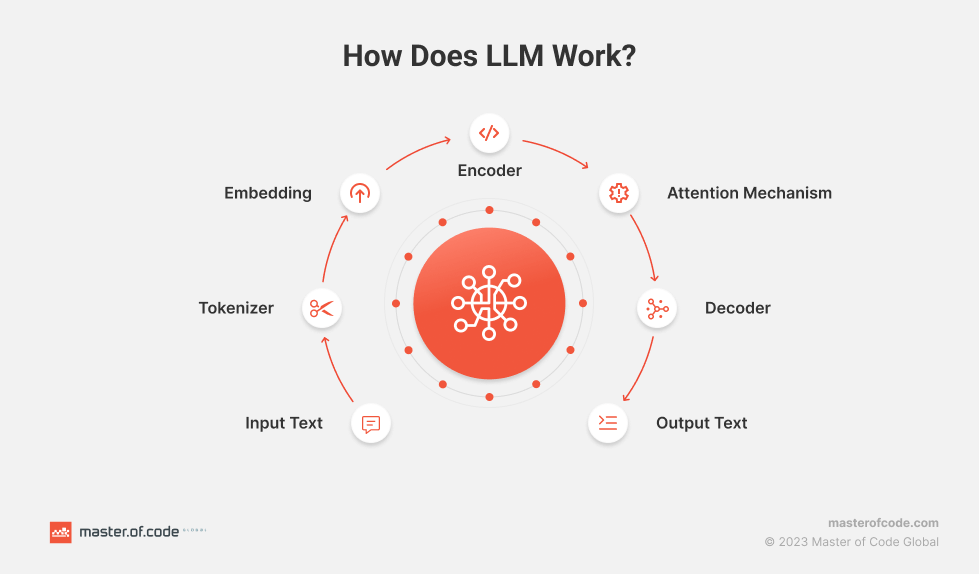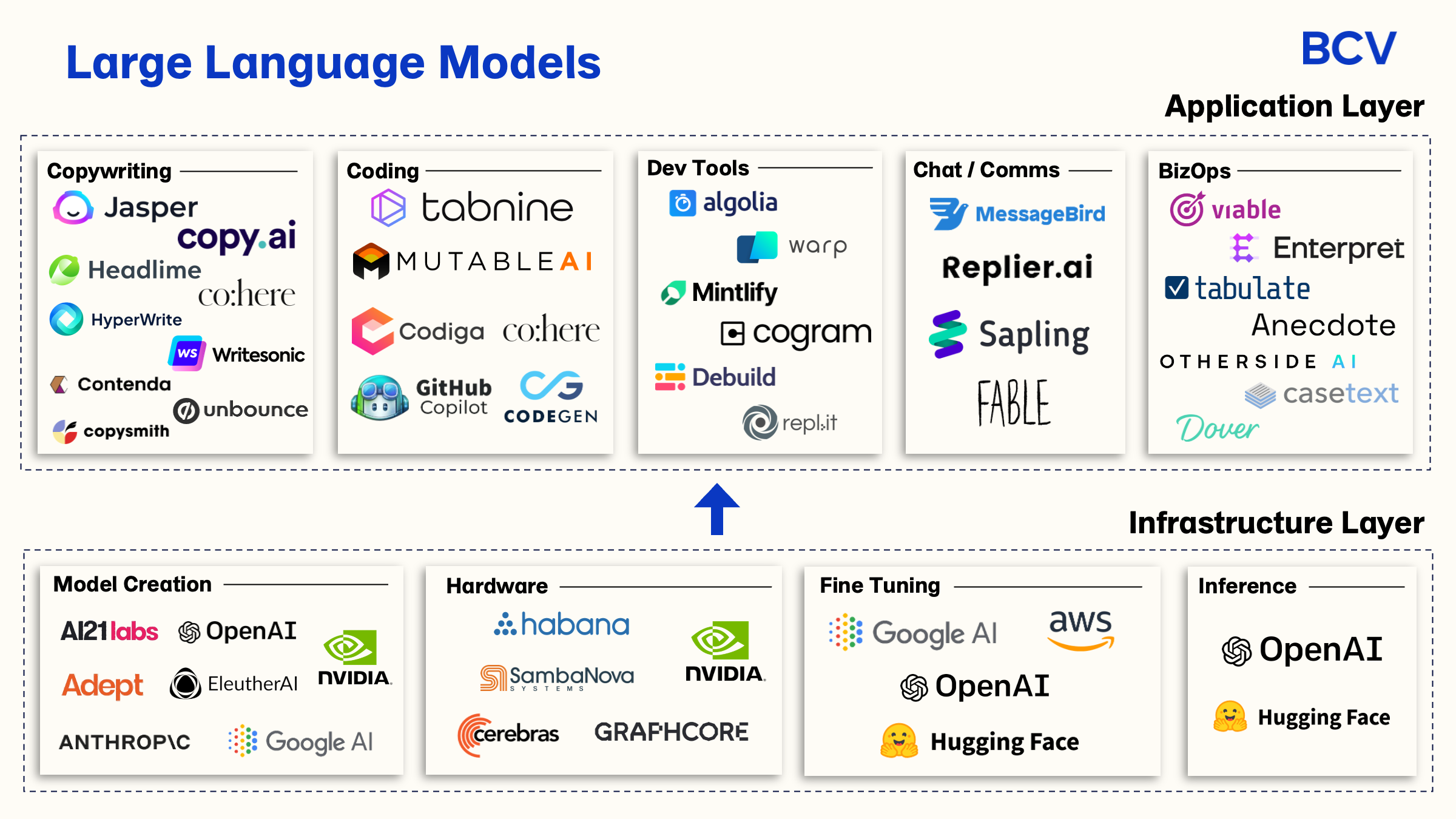Generative AI and ChatGPT have become widely popular in the tech world lately. They’ve made waves in headlines and social media, from creating Pixar avatars to helping with homework. But beyond the fun and convenience of these advances, there’s another side to consider…
What is the impact on humanity and the future?

What’s Happening & Why This Matters
Debates about AI often argue about whether it will replace humans entirely or if it’s simply mimicking what already exists. This has led to larger questions about generative AI and what the future holds beside just language models.
So why did AI advancements specifically target image, text, and music generation? One reason is that these applications are more relatable to the average person. Not everyone understands the intricacies of complex engineering tasks, for example. Plus, there’s an abundance of quality image and text data available on the internet to train these models.

The last ten years have seen a dramatic surge in computing power and access to data. This has enabled advancements in AI, like DALL-E2 and ChatGPT, to take center stage. For example, the introduction of transformer-based Neural Networks (NNs) made it easier to use large volumes of data in training.
But while ChatGPT-like models get a lot of attention, the real breakthrough came when AlphaGo beat the world champion in 2017. This was a turning point, showing that AI could outperform humans in highly complex tasks. The key was the ability to simulate the game, allowing the training process to generate the data it needed on demand.
TF Summary: What’s Next
AI’s potential beyond large language models (LLMs) is exciting. From addressing climate change to advancing engineering, the possibilities seem endless. In fact, AI might be able to outperform humans on every task by 2047 (which is a bit scary). The great achievement will be removing bias and creating optimal designs completely from scratch.
In the world of motor engineering, Large Engineering Models (LEMs) might become the next big thing. They could revolutionize motor design in the same way DALL-E2 and ChatGPT have impacted text and image generation. The big difference is that LEMs could far surpass human engineers’ output, pushing beyond what humans are capable of. AI-powered insights and simulations could lead to groundbreaking advances in engineering that we’ve never seen before.



